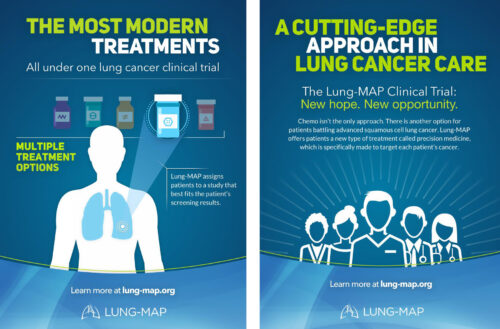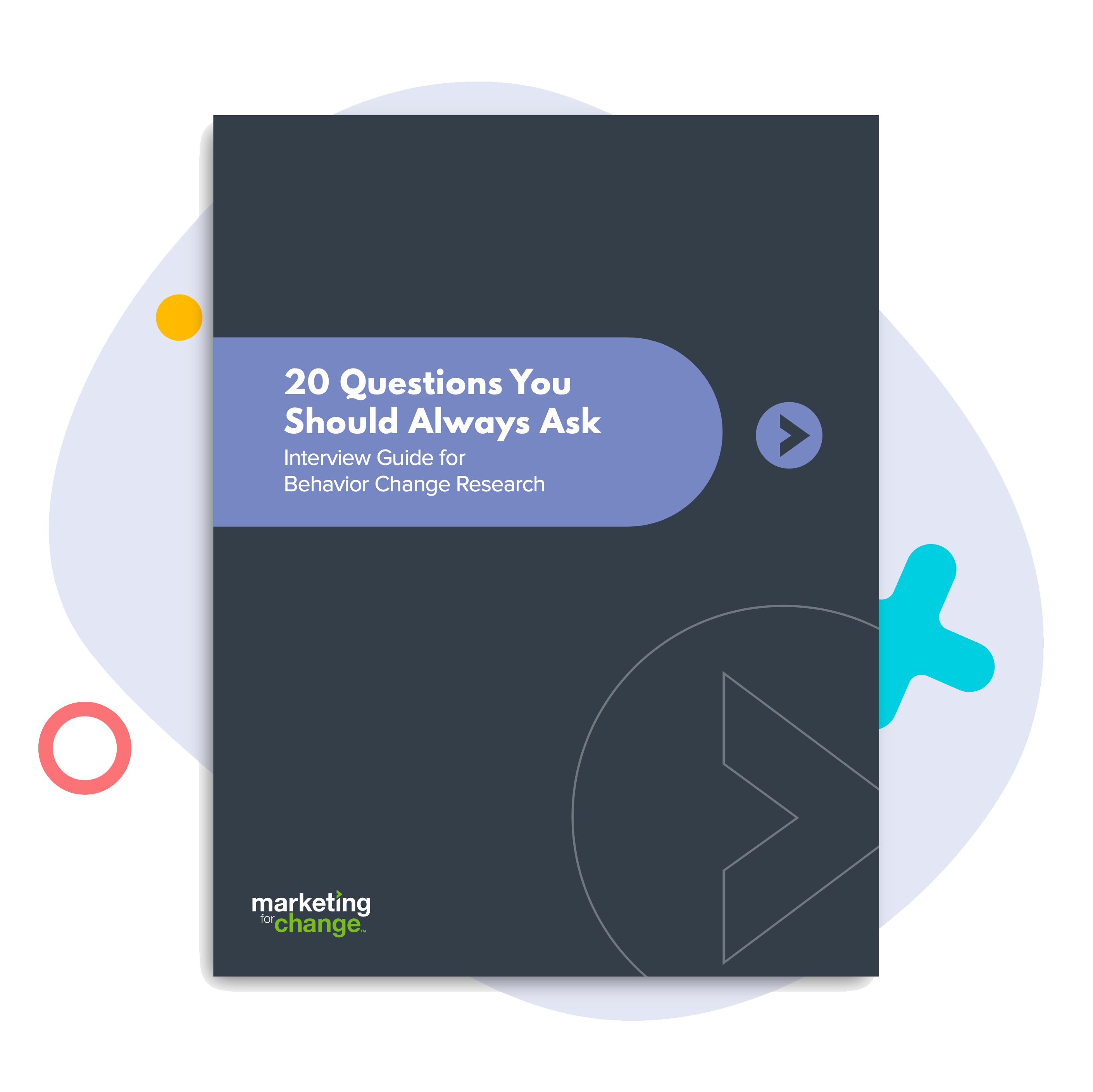
How Social Media Can Help Advance Cancer Treatment
Do Facebook and Twitter hold a key to finding a cure for cancer? A few weeks ago I had the opportunity to explore that idea at a national meeting of communications experts, clinical researchers and patient advocates. The goal of the two-day workshop was to discuss how social media could be leveraged to boost participation in a critical component of cancer research: clinical trials.
Clinical trials are essential to advancing the fight against cancer. The federal Food and Drug Administration requires any new treatment, drug or device to first be tested on people during carefully controlled trials before providing approval for widespread use. The problem? Susannah Fox, former Chief Technology Office for the federal Department of Health and Human Services, summed it up this way: “Clinical trials are a product few people want to buy.”
Here are some reasons why clinical trials are having trouble attracting patient participants, according to the experts who gathered in Bethesda, Md., for the National Cancer Institute workshop:
- Patients never learn about clinical trials because their doctors don’t offer the opportunity to participate. Doctors may prefer their own standard of care, or be concerned about the frailty of older or very sick patients. In some cases, providers may simply be unaware of available trials or that their patients are eligible.
- Clinical trials do not offer the level of interaction today’s patients expect. Traditionally, clinical trials are research conducted on patients. The researchers are interested in data collection and the advancement of science. Patients, on the other hand, are primarily seeking hope in treatment and an opportunity to help others like them. Most patients want to actively be involved in the process as well as an opportunity to understand the results.
- Trial sites are inaccessible to patients. Data collection locations often are too far away or require too many visits for patients with limited mobility, job demands or family-related responsibilities. Information about travel costs and available coverage also may not be provided up front.
So how do we overcome these issues? And can social media help? After all, when patients are given the opportunity to learn about clinical trials, their value to patients, their role in advancing cancer care, and the logistics involved, most patients are interested in participating.
The answer is yes, social media can be an important tool. But as is with any behavior change effort, the first step is to offer a better a product.
Designing a better product always starts with the “buyer” perspective, or in this case the patient. And when it comes to changing behavior — such as encouraging participation in clinical trials — it usually requires starting with a better set of questions.
| Instead of this: | Ask this: |
|
|
Using better questions helps keep your interventions focused on what the audience wants and needs. For example, here are some ways using an audience-perspective — plus social media — could make cancer clinical trials more fun, easy and popular:
- Make enrollment easy. Write recruitment messages in plain language and if possible, test them among patients for comprehension, trust and engagement. Post on social media and allow patients to make initial contact directly through that platform.
- Involve patients in the process from the research design to outcome reporting. No one wants to be a lab rat. There are loads of existing patient communities that are highly knowledgeable and ready to support clinical trials. (Check out the MBC Project.)
- Lower access barriers by collecting data remotely. Communicate with participants through a web or mobile app, or your chosen social media platform.
- Use plain language. Instead of explaining complicated research, start with the words patients understand.

Recently, my agency worked with the Foundation for the National Institutes of Health to promote the Lung-MAP clinical trial, a large-scale and innovative study for patients with advanced squamous-cell lung cancer. This is a common cancer for which there are currently few effective treatments and a five-year survival rate of 15 percent.
We had just six weeks to create social media-ready infographics to drive cancer patients, caregivers and clinicians to the Lung-MAP website. Our approach was to focus on unique features that set Lung-MAP apart from other clinical trials, and to emphasize specific emotions, phrases or images that patients said they associated with Lung-MAP, such as “high-tech, “hope” and taking a “new path.” The infographics were retweeted hundreds of times and shared with thousands on Facebook and LinkedIn.
So does social media hold a key to finding a cure for cancer? It’s certainly a tool worth considering when planning or promoting clinical trials — as long as you build your engagement around what your audience wants and needs.





